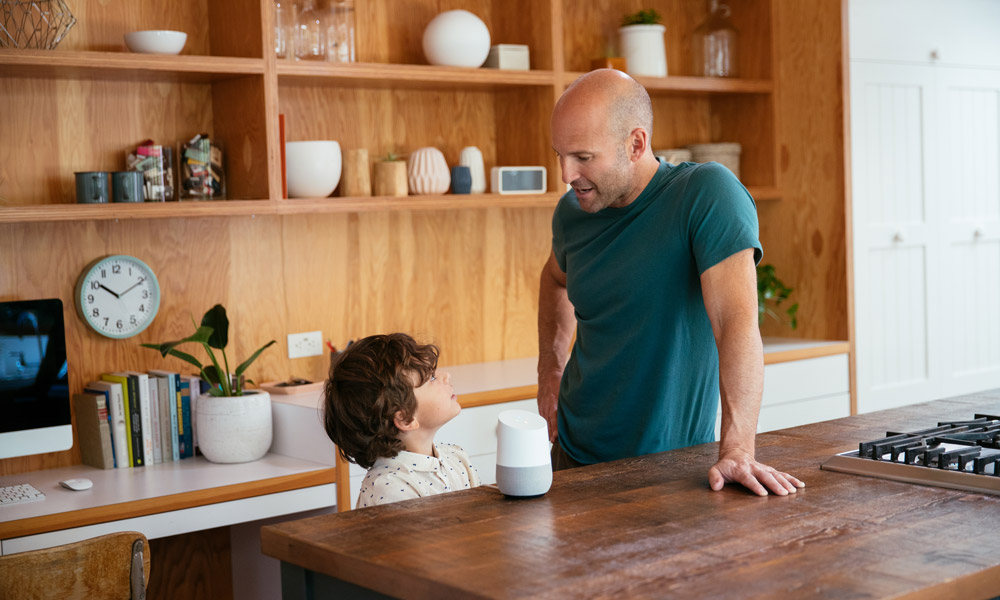In the age of smart technology, home voice control systems are revolutionizing the way we interact with our living spaces. By enabling users to operate devices and manage household tasks through simple voice commands, these systems offer unprecedented convenience, accessibility, and efficiency.
This article explores how home voice control works, its benefits, popular platforms, and tips to maximize its potential to simplify daily life.
What Is Home Voice Control?

Home voice control refers to the use of voice-activated assistants and smart devices that respond to spoken commands to perform various functions within a home. These systems connect to internet-enabled devices such as lights, thermostats, security cameras, entertainment systems, and appliances.
By integrating multiple devices into a cohesive network, users can control their environment hands-free, making everyday tasks easier and more intuitive.
Benefits of Home Voice Control
1. Convenience and Efficiency
With voice control, users can perform multiple tasks simultaneously without needing to physically interact with devices. For example, you can turn off lights, adjust the thermostat, or play music while cooking or relaxing.
2. Accessibility
Voice control enhances accessibility for individuals with mobility challenges, visual impairments, or other disabilities. It empowers them to manage household functions independently and safely.
3. Energy Savings and Smart Management
Smart voice-controlled systems can optimize energy use by adjusting lighting, heating, and cooling based on voice commands or automated routines, reducing utility bills and environmental impact.
4. Enhanced Security
Many voice control platforms integrate with security systems, allowing users to lock doors, monitor cameras, or receive alerts through voice commands, enhancing home safety.
Popular Home Voice Control Platforms
Amazon Alexa
Amazon’s Alexa is one of the most widely used voice assistants, compatible with thousands of smart home devices. Alexa-enabled devices like Echo speakers offer extensive skills and third-party integrations.
Google Assistant
Google Assistant excels in natural language processing and integrates seamlessly with Google services and Android devices. It supports a broad ecosystem of smart home products.
Apple Siri
Apple’s Siri offers voice control through devices like HomePod and iPhones, with strong integration into the Apple ecosystem and HomeKit-compatible smart devices.
Other Platforms
Other notable systems include Samsung’s Bixby, Microsoft Cortana (limited in smart home), and specialized voice control solutions for security or entertainment.
How to Maximize the Potential of Home Voice Control
1. Choose Compatible Devices
Ensure your smart home devices are compatible with your chosen voice assistant to enable smooth integration and control.
2. Create Routines and Automations
Set up voice-activated routines that trigger multiple actions with a single command, such as “Good morning” to open blinds, start the coffee maker, and read the news.
3. Secure Your System
Protect your voice control system with strong passwords, two-factor authentication, and privacy settings to prevent unauthorized access.
4. Regular Updates and Maintenance
Keep your devices and apps updated to benefit from the latest features, security patches, and improved performance.
Conclusion
Home voice control is transforming modern living by simplifying daily tasks and enhancing comfort, security, and accessibility. As technology continues to evolve, these systems will become even more intuitive and integrated, making smart homes smarter and life easier for everyone.
Embracing home voice control today means stepping into a future where your voice truly becomes the command center of your living environment.
Tags: Home voice control
